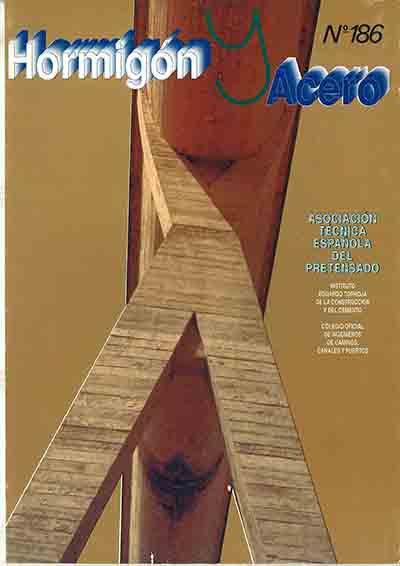Mallas isostáticas bidimensionales en elementos finitos
Resumen
Se plantea el problema de conseguir un método que, partiendo de una malla inicial en elementos finitos, genere una malla próxima a la óptima, conservando el mismo número de grados de libertad y, por consiguiente, sin penalizar los tiempos de análisis por ordenador. La bondad de una malla se mide por un funcional determinado (Energía Potencial Total, Error Cuadrático Medio, etc.) La Técnica de gradiente descendente, aplicada al funcional de Energía Potencial Total (1) permite, a partir de una inicial dada, obtener una malla mejorada. No obstante, este método requiere un esfuerzo de computación muy grande. Como consecuencia de la aplicación del método del gradiente descendente a numerosos casos, se ha observado que la geometría que adopta la malla mejorada, se aproxima a la de una malla tal que sus nudos se sitúen sobre las líneas isostáticas (envolventes de las tensiones principales) y generen elementos regulares (de lados iguales) o cuasirregulares. La conclusión más importante es, precisamente, que a partir de una malla inicial, razonablemente regular, se puede realizar un único análisis y definir las isostáticas correspondientes a este modelo. Ajustando una malla, con el mismo número de nudos que la inicial, a las líneas isostáticas con nudos situados de forma regular, se obtiene otra que está próxima a la óptima. A la malla así obtenida, se la denomina isostática isométrica. Esta conclusión se ha probado que es válida para los diferentes funcionales que se utilizan para evaluar la bondad de la malla en elementos finitos.

